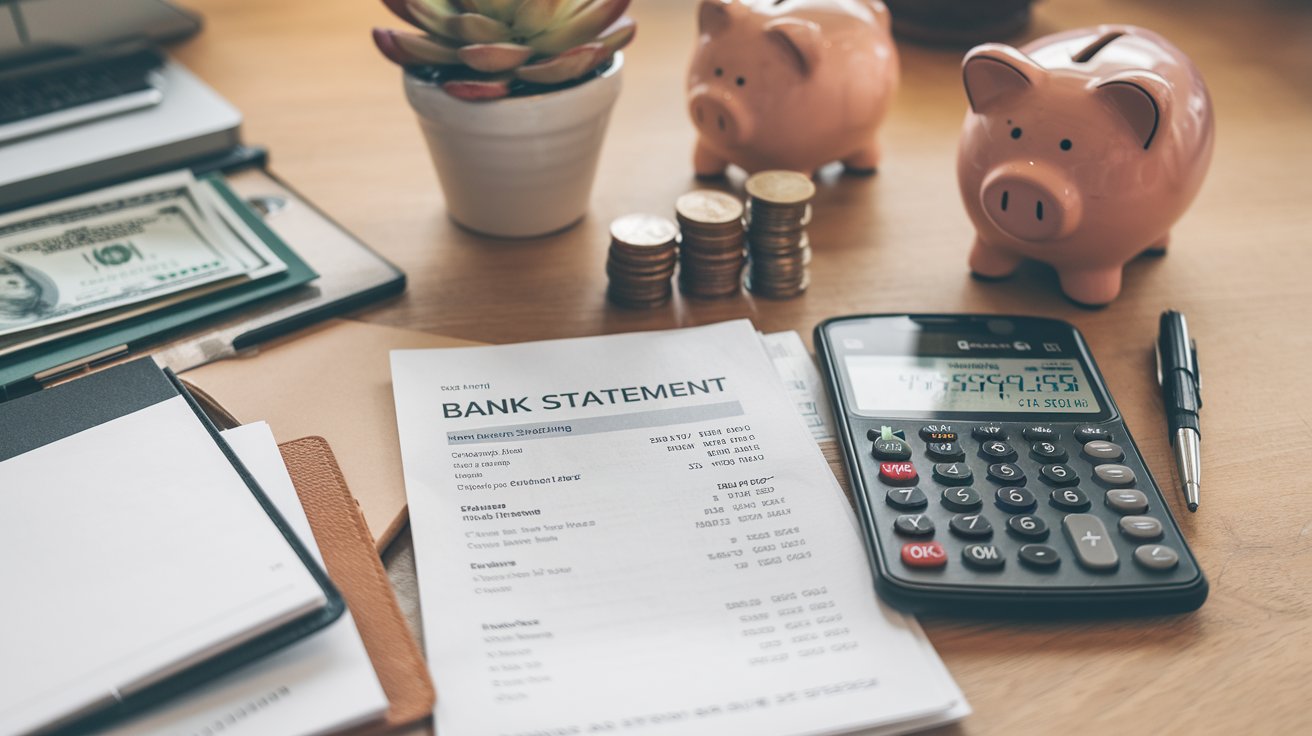
Bank statements can sometimes feel like a foreign language, can't they? Between the various codes, numbers, and transactions listed, it’s easy to overlook important details. That's why understanding your bank statement and knowing what to look for is essential for effective financial management. In this blog post, we’ll dive into the key things to watch out for in a bank statement and how a bank statement analyzer can assist you in mastering your finances.
Understanding Your Bank Statement
Your bank statement is a summary of your account activity for a specific period, typically monthly. It details your deposits, withdrawals, charges, and any interest earned. By reviewing your bank statement regularly, you can track your spending, identify any discrepancies, and ensure that your financial situation aligns with your budgeting goals.
1. Check Your Balance
The first thing you’ll want to do when you receive your bank statement is to check your current balance. This amount represents the sum of all your transactions during the statement period. Comparing this with your mental or written records can help you identify any immediate discrepancies. If the balance is lower than expected, consider the following:
- Have there been unexpected withdrawals?
- Are there any fees or charges you weren’t aware of?
- Did you recently make large purchases?
2. Review Transactions for Accuracy
Carefully reviewing each transaction is crucial. Look for any unauthorized transactions or errors that could indicate fraud. If you spot something unfamiliar, such as a charge from a vendor you don’t recognize or can’t recall purchasing from, it could be an error or worse, fraudulent activity. Make a note to follow up with your bank if you suspect fraud.
3. Watch Out for Fees
Fees can sneak in and eat away at your finances if you’re not careful. Common fees include:
- ATM fees
- Overdraft fees
- Monthly maintenance fees
- Foreign transaction fees
Understanding these fees can help you avoid them in the future. For example, if you’re frequently charged overdraft fees, it might be time to reassess your spending habits or consider setting up overdraft protection with your bank.
4. Identify Patterns in Your Spending
Each month, your bank statement can provide insights into your spending habits. Are you consistently spending more on dining out than you intended? Or perhaps your monthly subscription services are stacking up? Use your bank statement to identify patterns in your spending to adjust your budget accordingly. Recognizing these habits can be a game-changer in achieving your financial goals.
The Benefits of Using a Bank Statement Analyzer
While manually checking your bank statement can be effective, using a bank statement analyzer can simplify the process significantly. Here’s how a bank statement analyzer can help you:
5. Automated Transaction Categorization
A bank statement analyzer automatically categorizes your transactions into groups like groceries, utilities, and entertainment. This can save you time and help you visualize where your money is going at a glance. Instead of sifting through a long list of transactions, you can see trends and make informed decisions based on your spending habits.
6. Identify Unusual Transactions
Advanced bank statement analyzers often feature algorithms that detect unusual spending patterns. If you have a situation where a transaction deviates significantly from your norm, the analyzer can flag it for your review. This proactive approach helps catch potential fraud before it spirals out of control.
7. Generate Reports for Better Insights
Many bank statement analyzers offer the ability to generate detailed reports summarizing your spending trends and financial health. These reports can provide insights over various time frames and can be useful for annual budgeting or planning. Imagine being able to visually see your spending patterns laid out in a report – it makes financial planning much simpler!
8. Easy Budgeting Integration
Some bank statement analyzers can integrate seamlessly with budgeting apps. This means your spending data can automatically feed into your budget, allowing for real-time updates. Keeping your budget accurate and aligned with actual spending helps you maintain control over your finances with less effort.
Red Flags to Look Out For
Beyond the general aspects of monitoring your bank statement, there are specific red flags you should always be on the lookout for:
- Consistent Overdrafts: Regularly overdrawing your account may not just be a sign of poor spending, but also a warning that you need to reevaluate your financial strategy.
- Unfamiliar Deposits: Unexpected income can either be a nice surprise or a sign of a mistake. Always verify where unfamiliar deposits originate.
- Inactivity: If your account is not being used regularly, it could incur fees or even become dormant, which can lead to further complications.
How Often Should You Review Your Bank Statement?
It’s recommended to review your bank statement at least once a month. However, if you have a high volume of transactions or are managing a tight budget, checking more frequently may be beneficial. Regular reviews can help you stay on top of your finances and catch issues before they escalate.
Conclusion: Stay Proactive with Your Finances
Your bank statement is more than just a summary; it’s a powerful tool for managing your finances. By knowing what to look out for, how to interpret the information, and leveraging tools like a bank statement analyzer, you can gain control over your financial health. Remember, staying proactive is key! So, grab your bank statement and get started. If you have any tips or experiences with bank statements that you’d like to share, leave a comment below!


